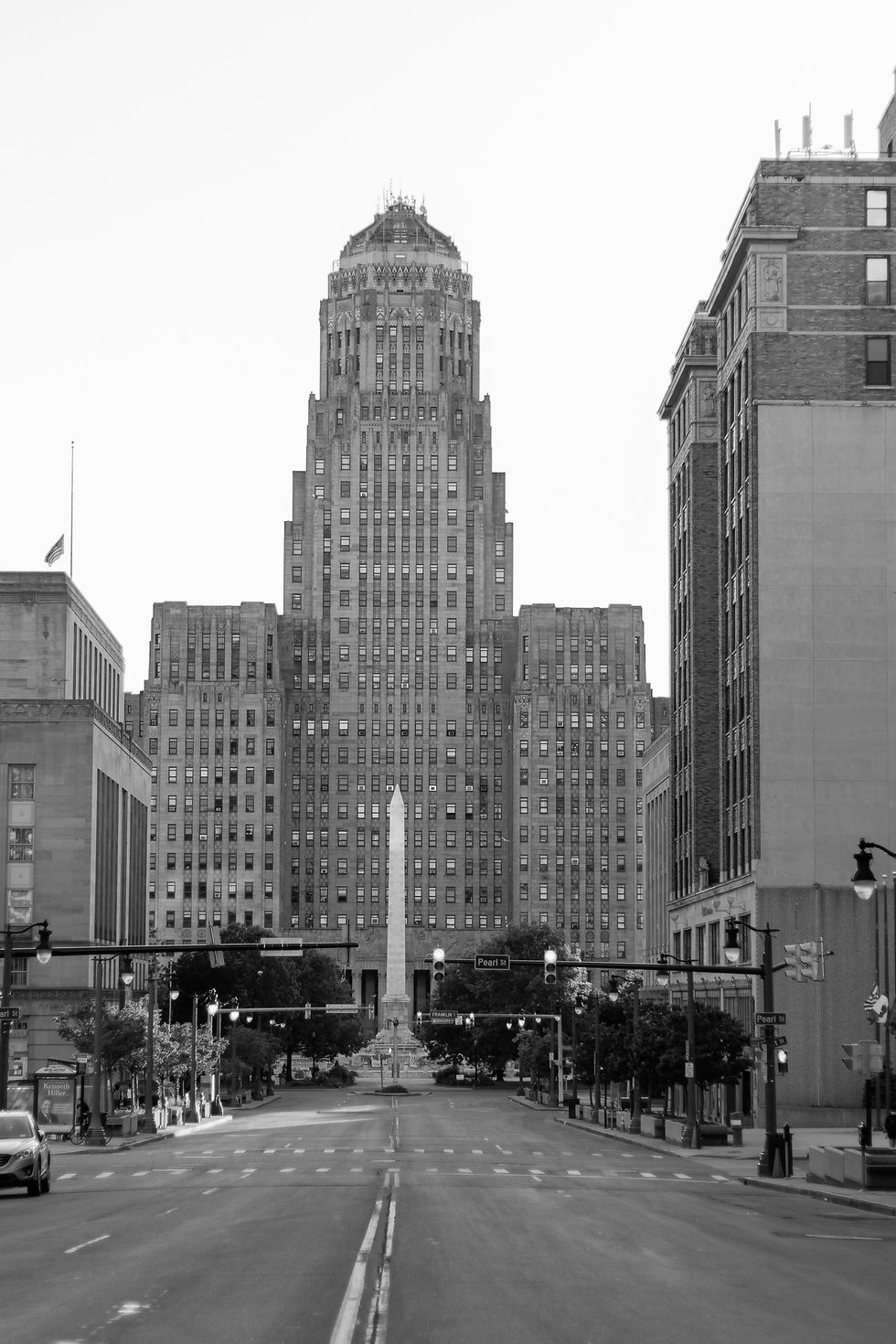My PhD experience in my own words
- rohiteshgupta
- Jul 17, 2023
- 8 min read
Updated: Oct 27, 2023

Groundwork in India: I graduated with a B.Tech from the Department of Biological Sciences & Bioengineering at IIT Kanpur in 2008. Because of my interest in research, I wanted to apply for higher studies in the United States soon after completion of my studies. I want to admit that I did write GRE in 2007 but scored poorly, a meager score of 1140/1600 which was considered bad to get into any decent US school. Soon after, I sat for placements and got an offer from Dr Reddy’s Labs at Hyderabad. I had an adventurous time at Reddy Labs (will write some other time!). To sum it up, I used to work till evening and prepare for the GRE from evening to night. This I did for more than a year and later wrote the GRE in 2009. I got a score of 1360/1600 which was considered good, and this gave me enough confidence to package myself for joining a PhD in the USA. I applied to about 10 schools and got admitted to 2 schools. I had scored 7.8 in my B.Tech and considering this CPI one of the professors suggested applying to mid-ranked colleges in the US. Since I was from the first undergraduate (UG) batch of BSBE, I had no seniors to get tips from and worked everything out on my own. One thing that I didn’t consider was, approaching agencies that prepare applications to the US for higher studies. That could have helped me land into a higher ranked institute considering the whole package. I ended up making a few mistakes along the way, but was happy with the final outcome when I got selected at SUNY Buffalo for a PhD in 2010. I already had a couple of postgraduate (PG) alumni from BSBE at SUNY Buffalo, with one of them in my neighboring lab.
Flying to the US: My father sponsored my ticket to the US and my savings from Dr Reddy’s helped me survive the first few weeks in Buffalo. Since my PhD was paid I started getting stipend at the end of very first month there. My journey to the US was also made easy when I found out that 3 of my then colleagues now friends, from IITK, were also beginning their PhD at SUNY Buffalo the same year. So, we decided to travel together and reached UB sometime in mid-August’10. The very next day in the US, I volunteered for community service at Roswell Park Memorial Institute (The cancer institute where RPMI media got discovered!). It was a great experience and a way to do wonders! After a day or two of reaching Buffalo, I went to the north campus and wandered around to get the university ID. The ID was necessary to access the university bus for free rides between the north and south campuses. During our orientation, I opened a bank account in one of the main banks there for which we went through a lot of paperwork. Since our Social Security Number (SSN) was not yet released we had to use a dummy last 4 digits of SSN, which was common for most of the students. It was a nightmare when later I struggled to change the details at the bank and at a phone store, as they couldn’t recognize my official SSN and wanted older dummy numbers to be memorized and shared with them. Amidst all this, my classes began with advanced courses like Thermodynamics, Transport Phenomenon, and Chemical Kinetics. I skimmed through the courses, but had to put in hard work, and got 4/4 in my first semester. However, meeting my PhD advisor during this time opened my eyes as he told me to “not worry about courses but think about research”.
Semester II: I began my PhD journey in the lab wherein my focus was on doing great science. After meeting lab folks and trying to understand the lab science, my PI introduced me to a postdoc in our lab who was the go-to person for any molecular biology-related troubleshooting. Before all this, the PI had shared a few research proposals with me and I picked the one that looked more fundamental/basic to me. The postdoc helped me learn molecular biology techniques and initially taught me some of the tricks to get things right. In spite of all this, I ended up spending more than 4 months on getting a single vector cloning, right! It was challenging and demotivating at times, but eventually, I got it right. I remember getting 8 colonies in a petridish and wanting to throw it when my fellow PhD suggested analyzing them. I checked all the 8 colonies and found 2 positive clones. Thereafter, my next challenge was to purify the protein and perform biochemical characterization. However, for some unknown reason, I wasn’t able to successfully purify the protein. This may be because of: Low protein yield, Purification column choice, Recombinant protein degrading intracellularly, Incorrect mammalian cell system, etc etc. However, since my objective was to perform biochemical characterization I ended up using the low-purity protein for further work. Apparently, the project which started with the goal of identifying if any of the enzyme possessed reversibility, ended with many open-ended projects.
PhD Thesis Background: The basis of this project was a prior collaborative study wherein authors discovered mice enzyme reversibility and showed its role in synthesizing a variety of glycoconjugate products. I used its homologs and non-homologs in humans to study if reversibility indeed existed in human enzymes. I was successful to some degree because intuition and enzyme kinetics suggest some degree of reverse nature in universally known enzymes. However, the KM for the reverse reaction couldn’t be lower than that for the forward reaction, otherwise, the enzyme would never function properly. I calculated enzyme kinetic parameters and identified some level of confidence in the proposal. Although I found reversibility in human glycoenzymes, there was an anomaly observed based on the prior reported results in the mice enzyme (Read my thesis and guess for yourself!). All this took about 2.5 – 3.5 years of my PhD as most of the systems for studying enzyme kinetics were available in the lab. I must say that I indeed did fix and started using an old instrument (A Vaccum Evaporator!) to synthesize radioactive compounds. This was great as I had fun doing so! The postdoc from a neighboring lab also came to help me when he saw my interest in running the instrument.
More Ideas: Following my completion of these experiments, I wanted to explore various other ideas that hit me after reading so many papers. First, I wanted to mutate specific amino acids in the enzyme which may cause reversibility. For this, I did some calculations by docking sugar-nucleotide and glycan into the enzyme using free software and calculated isoelectric points (PIs) of specific amino acids that were found to interact with its catalytic pocket, as seen in its crystal structure. Specifically, the hypothesis was that possibly by reversing the charges on specific amino acids, the reaction might reverse? Just a thought that needed further study and as I recall, I did order some molecular biology reagents but the project never took off. Phew!
Next, I wanted to study if a homolog of this enzyme competes with another enzyme intracellularly. This was based on prior reports from other labs and from my own lab (co-authored paper in JBC) about possible competition between different sets of enzymes that are known to localize in trans-Golgi. Thus, I transfected cells with this enzyme (already expressing the other enzyme with a different fluorescent marker) but didn’t find any colocalization. My PI showed interest and asked if I found anything new. Since my mind was already anticipating co-localization, finding no overlap between these enzymes didn’t seem like a new finding. The project went to dud, probably a poor decision on my part since I could have studied this in more detail!
Later, a new postdoc joined our lab and started working on CRISPR. He designed a complete KO of my enzyme of interest in leukocyte cells, and I was astonished to find that KO cells had unusual morphology. However, I could never study this project as the cells didn’t survive in my hands after one passage.
There were many bacterial and mammalian vector systems developed in the lab to express proteins of different molecular weights. Since I had failed to get a high-purity enzyme, I expressed the enzyme in a bacterial vector system which was tagged with a fluorescent marker. If the enzyme was expressed, the colonies would glow in the dark. Although I found the fluorescent protein I failed to show if the protein that I had obtained was real or not.
I also tried my hands in a chemistry lab, when my PI wanted me to synthesize a modified form of sialic acid that can be derivatized further to become fluorescent. It was based on an already established Nature Methods paper, but without much help, I didn’t find success in this as well. So, you can say that I tried many things during my PhD. Mostly failed and some succeeded.
While all this was going on, after my 4th year I used to work mostly away from my lab on my MacBook. I was learning MATLAB and trying to analyze enzyme kinetics and some metabolomics data that I had quantified using radioactivity and triple quad LCMS, respectively. Working alone is a good thing as you can work at your pace, but then you lose track of time and if there are hurdles, there should be someone to pull you out of the mess. Luckily, as I was in a bioengineering lab, we had a bioinformatician postdoc who helped me but only a little bit. He also believed that problems should be solved by oneself, even if it takes time. Thus, I did some enzymatic analysis (part of my thesis) and also performed principal component analysis (PCA) on metabolomics data (Published later as a co-author in Molecular Omics). Needless to say, I got exposed to HPLC and Mass Spec handling as well which helped me get my first job after PhD in Biological E Ltd, Hyderabad. In the end, my PI told me “You started many projects but finished none”. I still hold the farewell card that I received from the lab where he said that “I had fun with you”.
NOTE: I would recommend doing a PhD in a lab that has scientific resources and human capital interested in doing science. Of course, you should not worry about pity things but take a deep interest in discovering newer things and taking your ideas to reality. This may or may not take time, depending on your efforts, approach, intellect, luck, etc. Following my PI’s advice, I put my efforts into only one project during my first and second postdoc (at UNMC and CCMB, respectively) which I think was a fine decision. If you truly desire to be an academician, it is important to try out multiple projects/techniques/skillsets at an early age with the ability to see the end goal in the form of a publication(s) and/or patent(s). Also, you might decide to work fast using inhouse resources and publish many papers or pick a bigger problem and go deep into it. Some grad students are collaborative in nature and they tend to quickly identify a niche thereafter mostly focus on collaborating with others in their area. Now the times are changing and more emphasis is being given if your work translates into a startup. Thus, developing a technology during a PhD is another aspect that one may look deeply into.









Loved it bro. Keep writing. Abhigyan.
Thanks for sharing